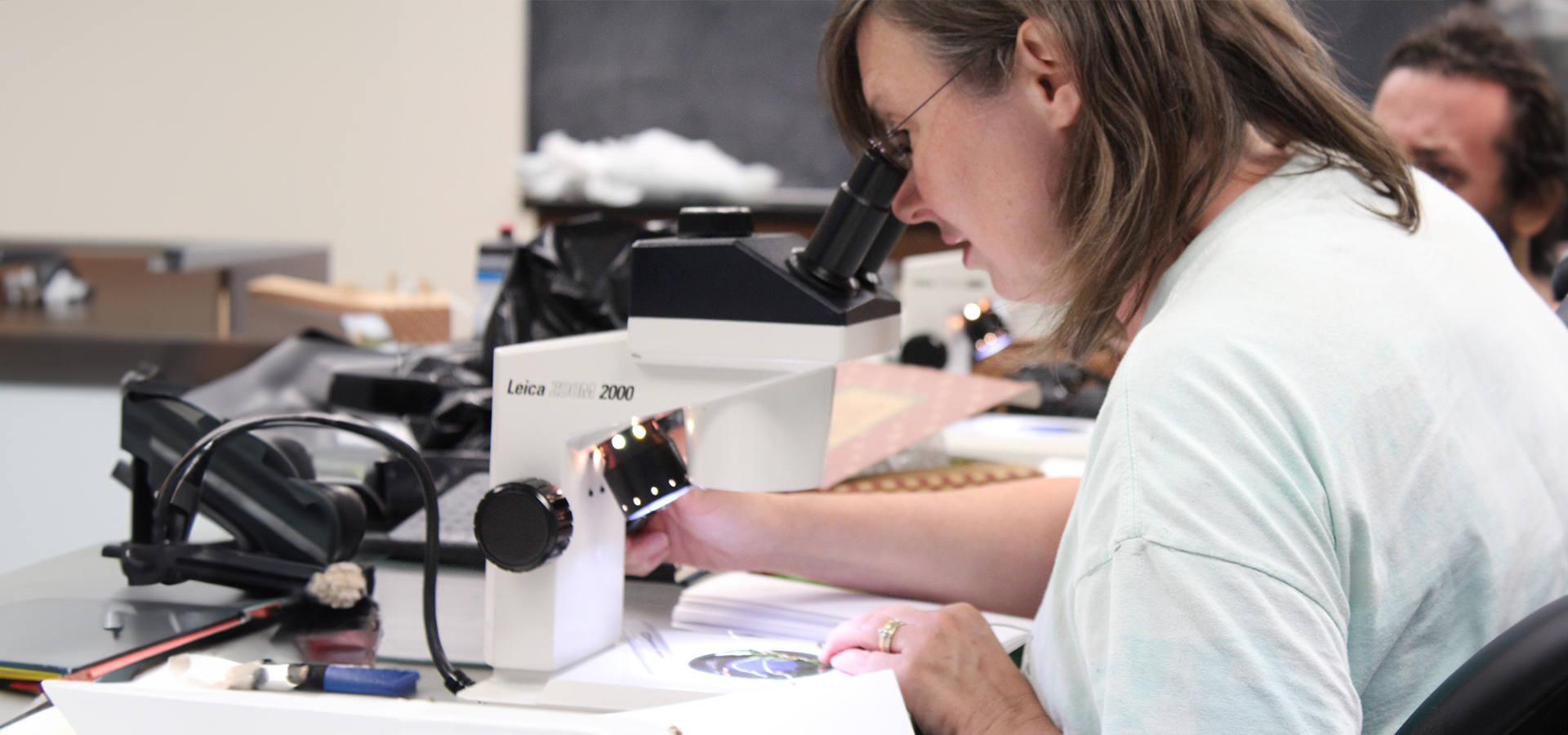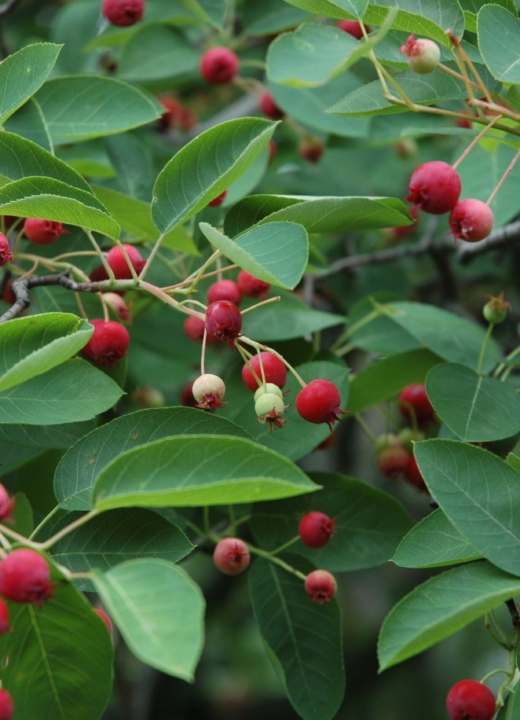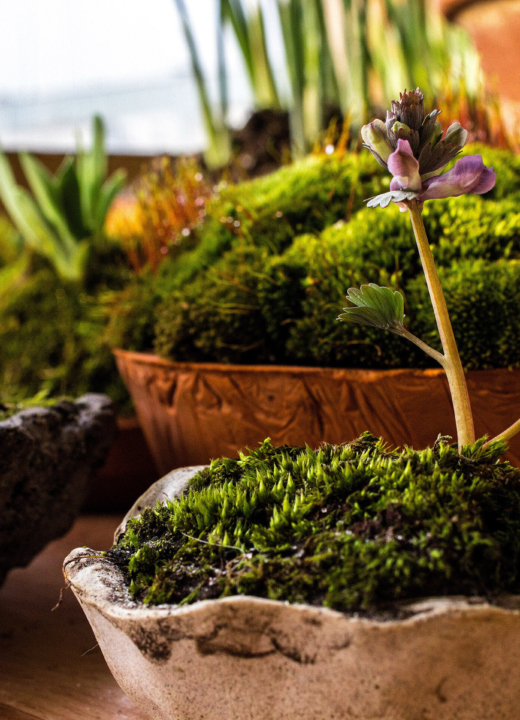Knowing the different grasses allows us to read information about soils, habitat, disturbance, and past land uses from the landscape. With nearly 11,000 species, grasses are the fourth largest plant family and they form a critical component of local biodiversity.
This workshop consists of an intensive, hands-on approach incorporating both classroom work and field study. Identify warm season grasses in the field and lab, learn the specialized terminology and distinguishing features, discuss their ecology, and practice identifying species from keys. Participants will learn:
- How to differentiate between nearly fifty different grass species living in prairies, wetlands, and wooded areas by use of a dichotomous key.
- How to accurately distinguish what is a grass and what is actually a member of the sedge or rush families.
- What key vocabulary terms are used by plant professionals to describe features on a plant in order to identify them.
This program meets in person at the Arboretum. Come prepared to be outdoors and bring a sack lunch each day.
Instructor: Nathanael Pilla, botanist and ecologist, Midwest Biological Survey
Continuing Education: This class fulfills a plant identification elective for the Natural Areas Conservation Training (N-ACT) Program. Learn more about N-ACT.
Age: 16 and older
Course number: S318
Instructor
Nathanael Pilla, botanist and ecologist, Midwest Biological Survey
Nathanael Pilla is a charismatic botanist who is experienced in botanical research and identification, has trained and led wetland restoration crews, interns, and volunteers, and is broadly engaged in environmental outreach and stewardship. Previously with Orbis Environmental Consulting, he currently leads his own environmental consulting company, Midwest Biological Survey. Pilla also serves on the Chicago Wilderness Steering Committee and is an adjunct professor at the University of Notre Dame. He recently co-authored the book Wildflowers of the Indiana Dunes National Park, published through Indiana University Press. When he is not botanizing, he spends his time writing and singing ridiculous songs.
What to Know
This program meets indoors and outdoors. Check the forecast and dress for the weather.
Bring a sack lunch, snack, and water each day.
Wear comfortable, sturdy shoes and plan to walk more than a mile on uneven terrain.
Wear long sleeves and pants, sun protection, close-toed shoes with good traction, and rain gear if needed.
Sunscreen and insect repellent may come in handy.
Your favorite field guide and a hand lens will be useful.
This is an intermediate/advanced program; foundational plant identification knowledge and skills are required.
This class fulfills a plant identification elective for the Natural Areas Conservation Training (N-ACT) Program. Learn more about N-ACT.
Program Schedule
This program includes the following two meeting dates and times.
Tuesday, August 27, 2024, 9:00 a.m. to 4:00 p.m.
Wednesday, August 28, 2024, 9:00 a.m. to 4:00 p.m.
Classroom E, Thornhill Education Center, West Side































































































